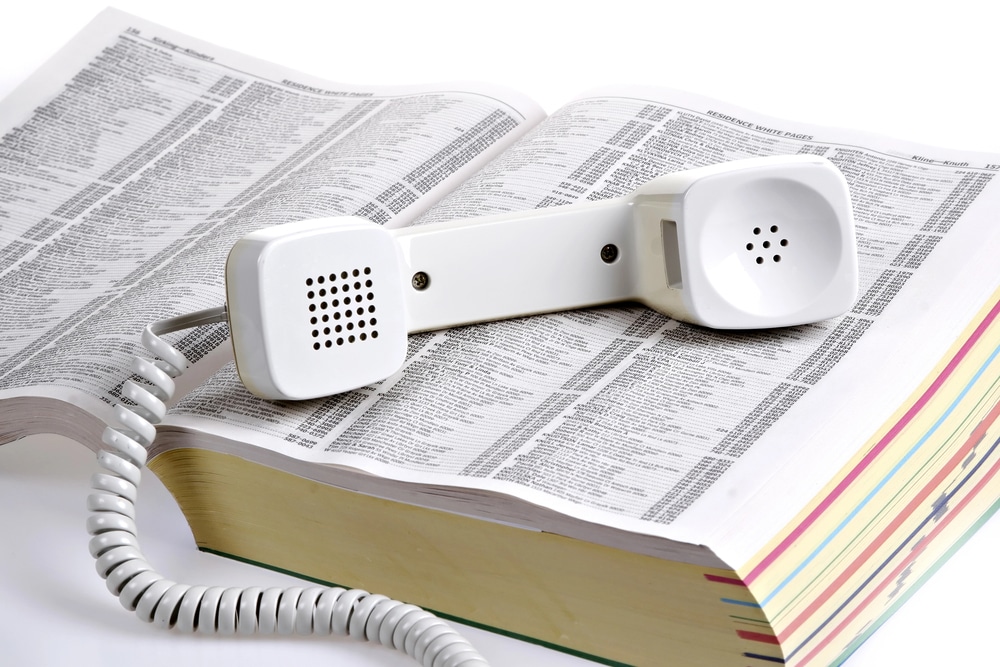

According to the USPS website, Bound Printed Matter (or “BPM,” for short) is a permit-only service for sending sheets of advertising, promotional, directory, or editorial material like catalogs, books, and other printed material at discounted rates.
You Need a Permit for Bound Printed Matter (BPM)
As we said in the introduction of this article, BPM is a permit-only service, which means you can only access it after obtaining the proper permit and providing documentation describing the contents of each shipment. This service is not available to businesses and individual shippers at the Post Office. You also won’t find it on most shipping software websites, where shippers can access discounted rates for USPS services like Priority Mail.
The Features of BPM
Here are the basic features you need to know about Bound Printed Matter:
- You need a permit to use this service (apply on the USPS website for a mailing permit)
- You must provide a filled-out PS Form 8042 for each non-identical piece you’re sending
- Each mailpiece can weigh up to 15 pounds (15 lbs)
- Delivery timeframe of 2-8 business days
- A minimum of 300 pieces must be sent at one time to access rates
Examples of BPM
Some examples of Bound Printed Matter are the following:
- Catalogs
- Magazines
- Phone books
What Does Not Qualify for BPM?
The USPS website states that to qualify for BPM rates, all materials must be “at least 90% advertising, promotional, directory, or editorial matter.”
USPS also dictates that the “pages of all materials must be at least 90% covered with printing (not handwriting or typewriting), and the sheets must be permanently bound by secure fastenings, such as staples, spiral binding, glue, or stitching.”
Loose-leaf binders and materials with other temporary fastenings like paperclips and binder clips do not qualify for BPM. Personal correspondence also does not qualify, nor do blank printed items like stationery or journals.
The Difference Between BPM & Media Mail
Since the two services are dedicated to sending similar items such as books and they feature the same delivery timeframe of 2-8 business days, Bound Printed Matter is often mixed up with USPS Media Mail. However, there are a few key differences that shippers should be aware of.
The main difference between BPM and Media Mail is that Bound Printed Matter can contain advertising. Media Mail shipments, on the other hand, can’t contain any advertising inside of the items being sent (ads in Media Mail shipments are strictly restricted to incidental announcements of books, per the Postal Regulatory Commission).
Another big difference between the two services is that shippers can access Media Mail rates at the Post Office or through online shipping software. Unlike Bound Printed Matter, you also don’t need to apply for a special permit to access Media Mail rates. You just need to ensure the items you’re sending qualify for Media Mail rates.


Be the first to comment!